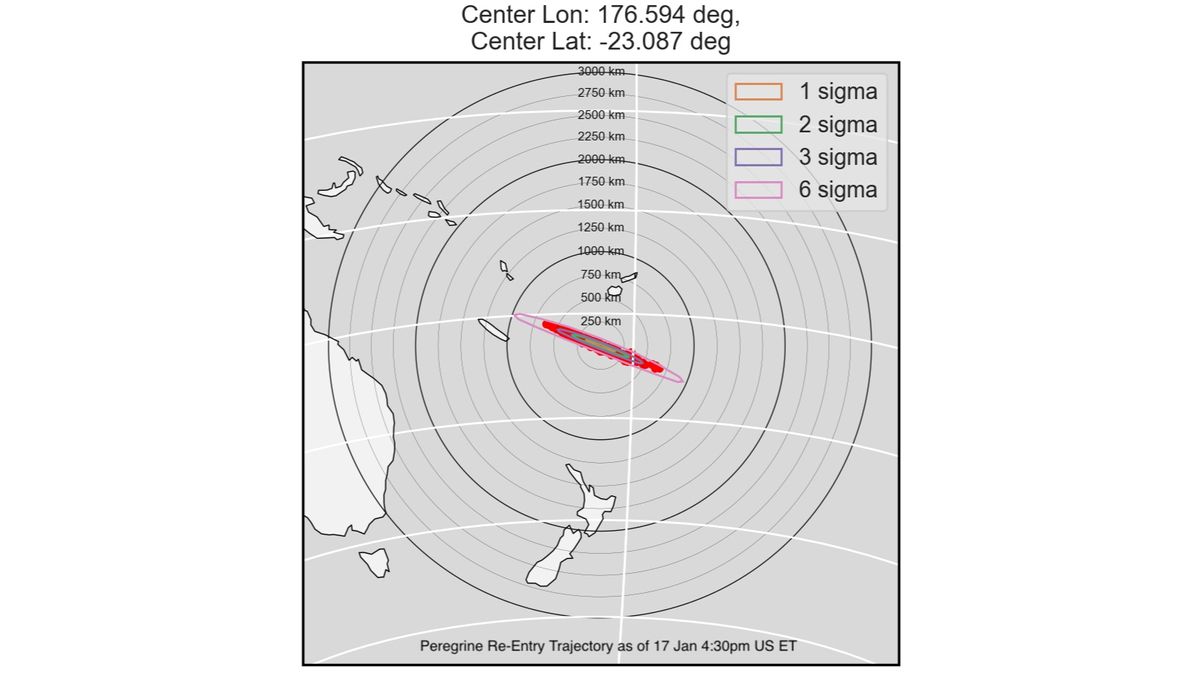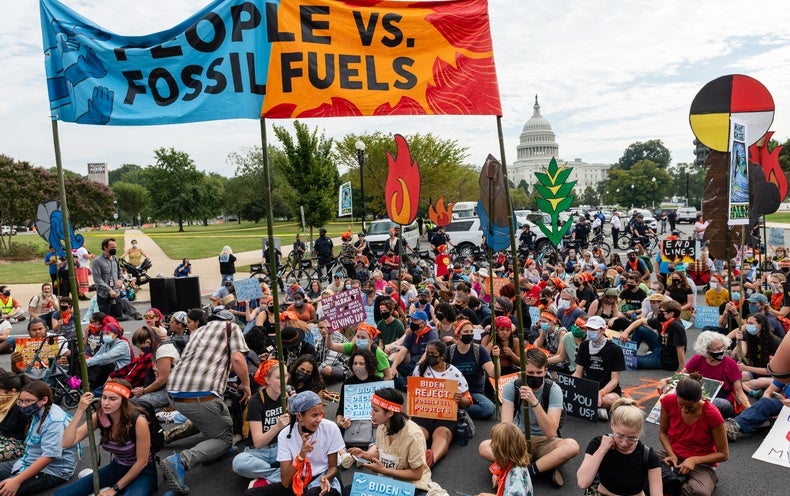
Cement composite material with small fractures overlaid with a depiction of electricity
PNAS
A mixture of cement and charcoal powder could enable houses to store a full day’s worth of energy in their concrete foundations. This new way of creating a supercapacitor – an alternative to batteries that can discharge energy much faster – could be incorporated into the foundations of both buildings and wind turbines. When paired with renewable energy sources, it could also someday let concrete road foundations wirelessly recharge electric vehicles as they drive along.
“The materials are available for everyone all over the place, all over the world,” says Franz-Josef Ulm at the Massachusetts Institute of Technology (MIT). “Which means we don’t have the same restriction as with batteries.”
Ulm and his colleagues showed how cement and carbon black – a very fine version of charcoal – can mix with water to create a hardened block containing many branching, wire-like structures filled with the carbon. When the concrete is soaked in a common electrolyte solution such as potassium chloride, the charged particles from the electrolyte settle on the carbon-wire structures to provide energy-storing potential.
They then turned two thin slabs of the material just 1 centimetre wide and 1 millimetre thick into a supercapacitor by separating them with a thin insulating layer such as paper. Connecting three of these supercapacitors produced the equivalent of a 3-volt battery capable of lighting up a small LED.
The researchers say that the next step might be to create 12-volt supercapacitors that can also be connected to provide more charging power for larger devices. They calculated that a concrete block equivalent to a cube 3.5 metres on each side could store 10 kilowatt-hours of energy. That is about a third of the average daily household electricity use in the US and about 1.25 times the average in the UK.
The material maintained its charging and discharging capabilities beyond 10,000 cycles, which means, in theory, that it could provide energy storage for a solar-powered home for more than 27 years.
One engineering complication is that traditional concrete slabs would need to be replaced by the equivalent of “concrete plywood” made with the supercapacitors, says Yury Gogotsi at Drexel University in Pennsylvania. He suggested that keeping the supercapacitor wetted with the conductive salt solution for the lifetime of the building or road would be challenging.
Still, the MIT team expressed optimism about how many people worldwide could start experimenting with this relatively simple blueprint for a low-cost supercapacitor.
“The fundamental aspect of this technology is it’s two historical, ancient materials that come together, that we have known for millennia”, says Admir Masic at MIT.
Topics:














